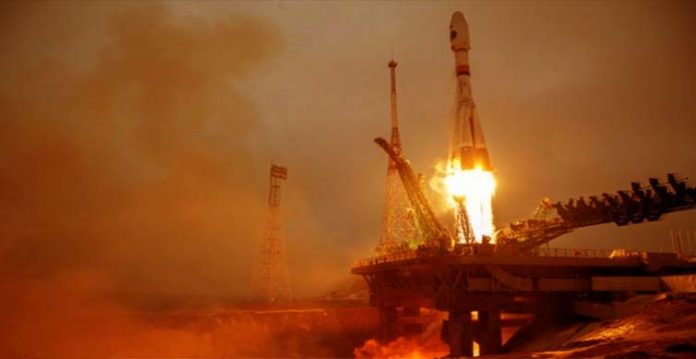Russia recently launched its first-ever satellite to monitor the climate and environmental conditions in the Arctic region.
Russian Satellite To Provide Images Frequently
As per the latest updates, the satellite named Arktika-M from Russia was launched from the Baikonur Cosmodrome in Kazakhstan at 9;55 in the morning on Sunday. The satellite was launched by the carrier Soyuz-2.1b.
Reports suggest that the Russian satellite, Arktika-M reached orbit around 12:14pm. The satellite aims to study the meteorology and hydrology problems in the Arctic region. Furthermore, the satellite will monitor the climatic and environmental conditions in the region. The satellite is further expected to monitor the northern territory of Russia and the seas of the Arctic Ocean regularly.
ALSO READ: Russia Allegedly Cyber Attacks US Federal Agencies; Joe Biden Prepares Sanctions
With this satellite, the Russians will be able to get the images of the Earth’s norther polar region and the areas around on frequent intervals. The satellite is designed to send images every 15-30 minutes.
UAE Reaches Mars
The news from Russia reaching to the Arctic region for the first time comes after recently, UAE made their first landing in Mars. Dubai’s test called Hope has effectively arrived at Mars’ circle. It is the fifth country on the planet to have done as such after the US, Soviet Union, Europe and India. The UAE researchers now have the option to learn and investigate more about Mars and it’s air.
With the test as of late arriving at Mars’ circle, it had made a “slowing down move” to reach. In any case, following seven months of being dispatched, it has at long last arrived at its objective.
ALSO READ:World’s first case of human infection with H5N8 bird flu strain reported in Russia
According to the reports, the satellite conveys three instruments in it which will primarily notice the accompanying:
- Impartiality of the molecules of hydrogen and oxygen
- The bounty of water on Mars
- Break into the Space
After the mission is finished, the Hope is required to get back with tremendous and high-goal pictures of the planet. Reports further propose that to have the option to move toward Mars’ circle, Hope needed to work with a speed of more than 120,000 kms each hour and required an exact 27 moment long consume to direct the slowing down motors and look after speed. Else it would have entered a more profound space avoiding the Mars mission.
The news broke out the researchers 11 minutes after the fact than the time Hope had arrived at the circle. The deferral in data happened as a result of the transportations of the radio signs among Mars and Earth which was 190-million-km.


